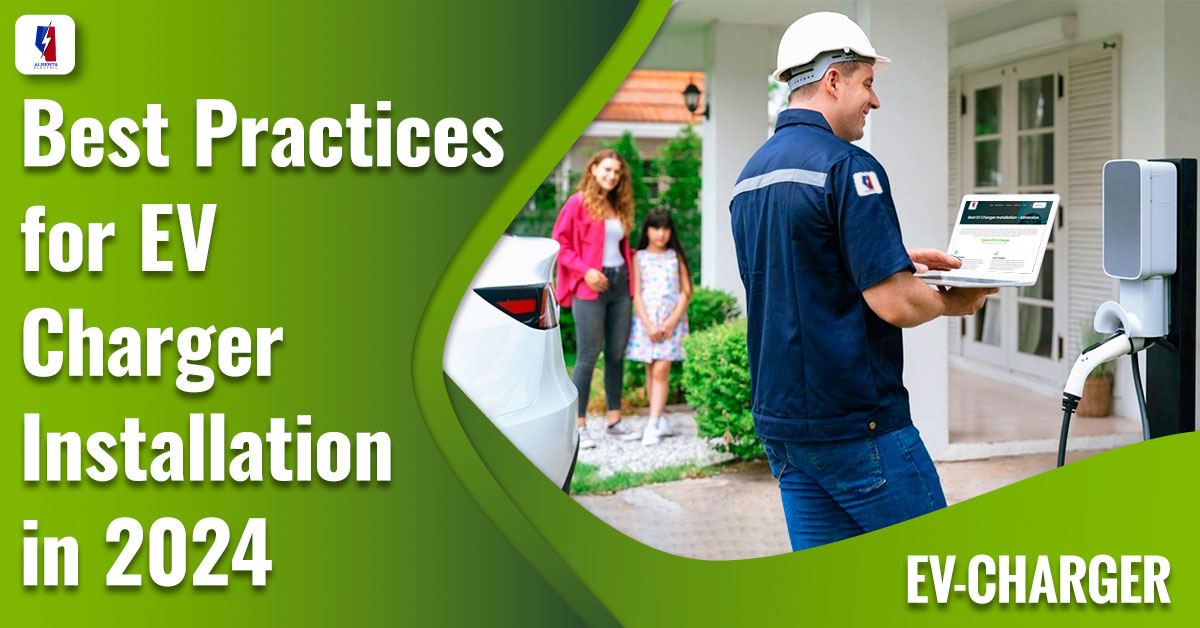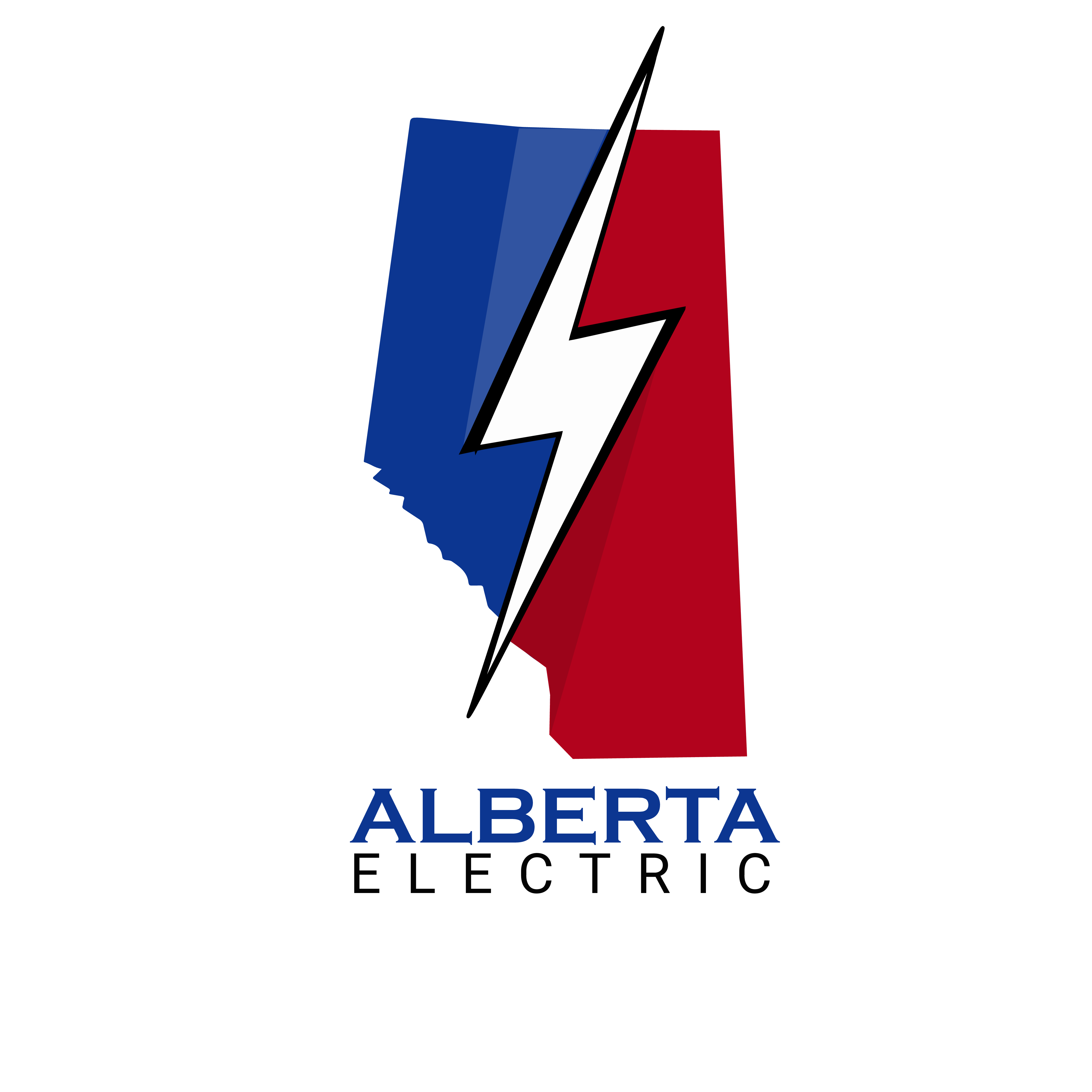How many Types of Electric Vehicles and How to Charge Them?
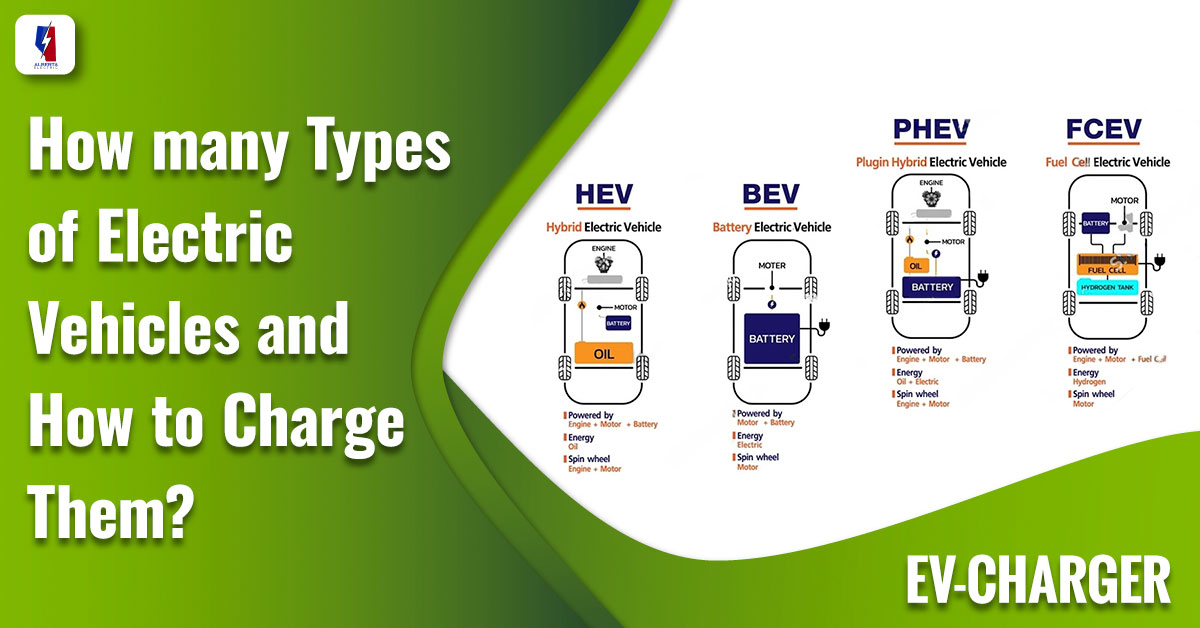
The demand for Electric Vehicles is increasing due to the multiple benefits of EV cars. In this way, the charging system for them is installed on public roads to deliver the supply. As petroleum stations are available for fuel vehicles, similarly, EV stations are also available. But the number of them is less due to the less amount of EVs. But the trend of EVs is increasing day by day and has a bright future. So, companies are manufacturing different types of Electric Vehicles that have different requirements for charging. Basically, there are Four Main Types of EVs that have almost similar functionality with little bit changes and updates.
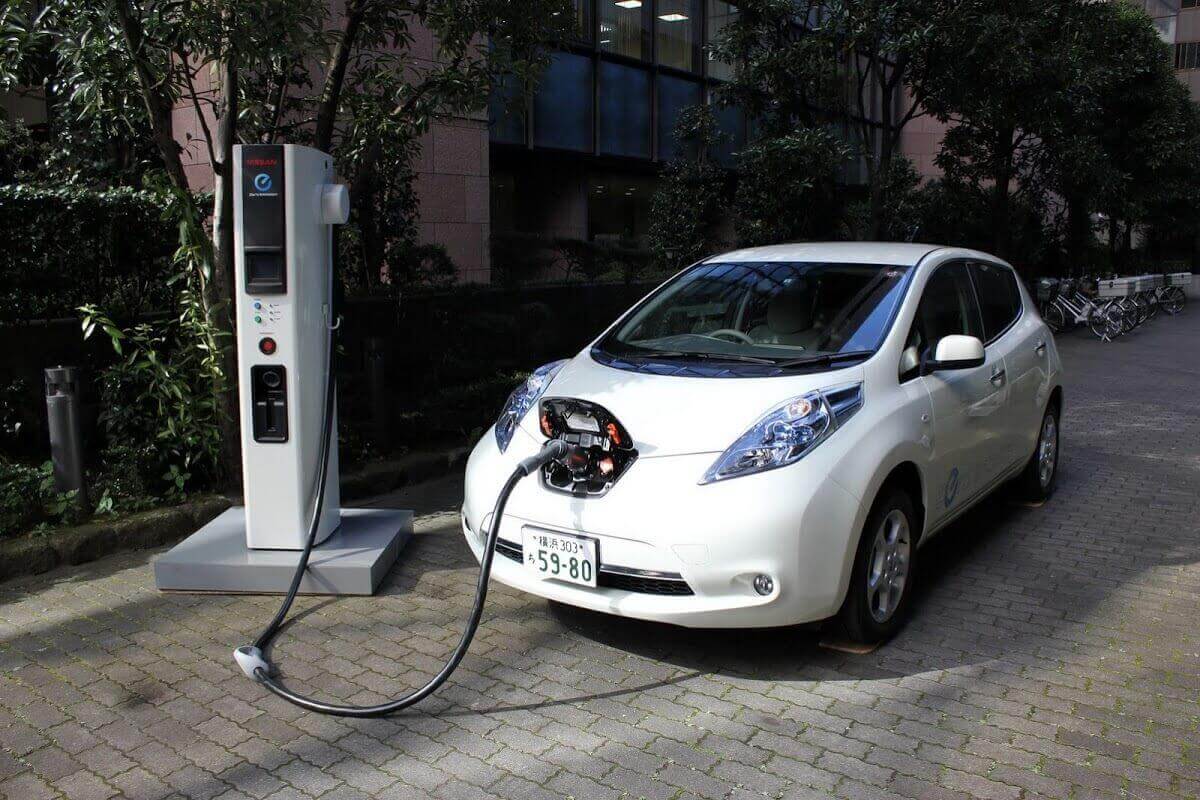
What Are Electric Vehicles?
The demand for Electric Vehicles is increasing due to the multiple benefits of EV cars. In this way, the charging system for them is installed on public roads to deliver the supply. As petroleum stations are available for fuel vehicles, similarly, EV stations are also available. But the number of them is less due to the less amount of EVs. But the trend of EVs is increasing day by day and has a bright future. So, companies are manufacturing different types of Electric Vehicles that have different requirements for charging. Basically, there are Four Main Types of EVs that have almost similar functionality with little bit changes and updates.
Types of Electric Vehicles
Every electrical vehicle is charged by battery or electricity to stay in the working position. In this way, it consists of the type of battery and methods of electricity supply. So, there are four main types of Electric Vehicles based on charging systems and electrical features. We will discuss all these types in detail.
Battery Electric Vehicle (BEV)
Battery Electric vehicles are the most common type of electric vehicle which most companies are manufacturing in their industries. These vehicles are designed to get an electric supply to run on roads. For these vehicles, there are electric supply stations that provide the supply to them and make them fully charged.
Basically, there are some popular brands manufacturing the BEVs, including Tesla, BMW as well and Nissan and Hyundai. In this way, they are putting the batteries in their vehicles to make them commutable on the road. However, their battery capacity range is different to cover the long distance. In this way, the Tesla Electric Vehicle has a 60 to 82 KWh battery capacity with a charging rate of 11.5 kW. On the other hand, the BMW has a higher battery capacity from 70 to 83.9 kWH. These are popular brands that have battery-electric vehicles.
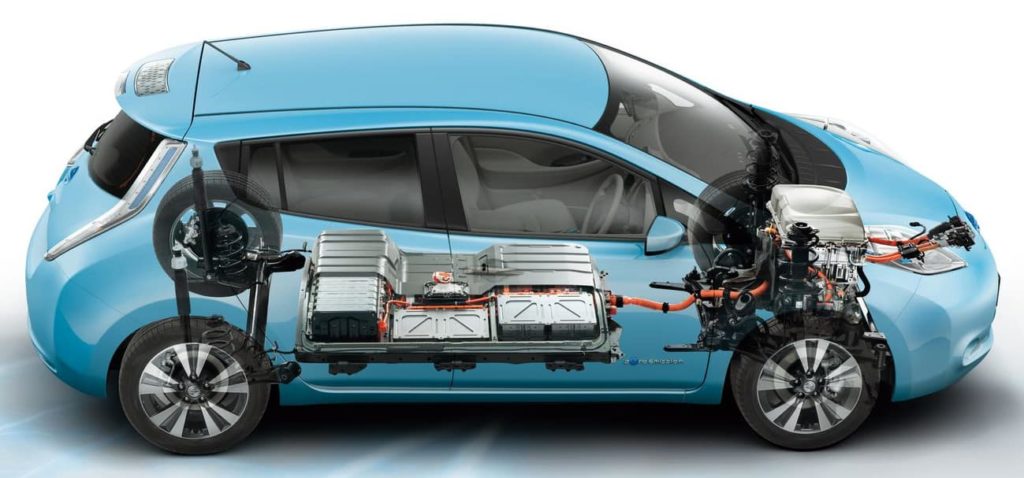
How To Charge BEV?
All BEVs are categorised in the form of AC supply and require 120-volt chargers. So, the Level 1 chargers are best for them to charge easily. In this way, you can install the EV charger in your home to charge your BEV. However, there are commercial EV charging stations available that provide the facility of charging battery electric vehicles.
Plug-in Hybrid Electric Vehicle (PHEV)
PHEVs have little advantage as compared to BEVs because of the fuel backup. Basically, these vehicles have battery-powered motors as well as combustion engines. Therefore, there backup of charging with double system is remarkable. However, the charging system of this type is also the same, and you can charge your vehicle with the help of an EV charging station. But these vehicles are less powerful as compared to the fuel vehicles.
Basically, some popular brand vehicles are coming in this category, and you can see their battery capacity and charge rate. So, the top of the list in this type of vehicle is the Volvo S60, which has an 18.8 kWh battery capacity. So, the charging time of this battery is 3.7 kW which is better than others. Lastly, the Toyota Prius Prime has a 13.6 kWh battery capacity that has a charge rate of 3.3 kW. So, the charging process of these PHEVs is the same as the BEVs. In this way, you can change these vehicles with Level 1 and Level 2 charging stations.
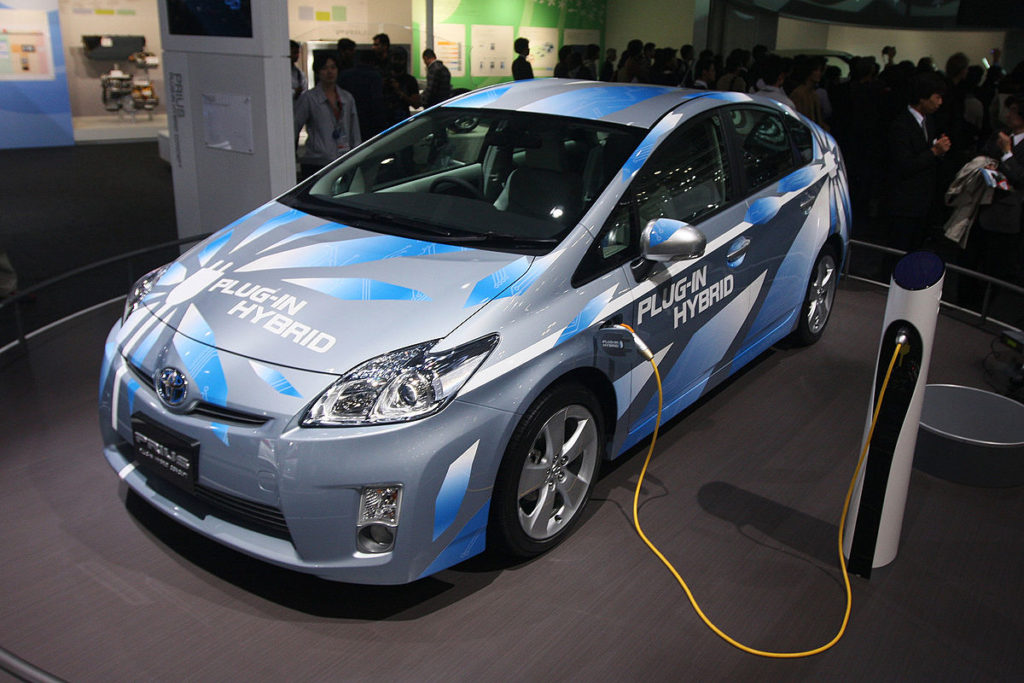
Hybrid Electric Vehicle (HEV)
It is another type of electric vehicle that has the functionality without a connecting charger. It is more environment friendly and has a plus point of charging. In fact, it has lower maintenance and fuel costs due to the internal combustion engine and battery-powered motor.
Basically, the PHEVs have the HEV functionality but without a Plug-in. So, these vehicles consume less fuel as compared to their vehicles. Therefore, the cost of these vehicles is competitive as compared to the other EVs. In this way, hybrid vehicles are less on roads because of their competitive price. But in future, there are high chances to see more HEVs on the roads.
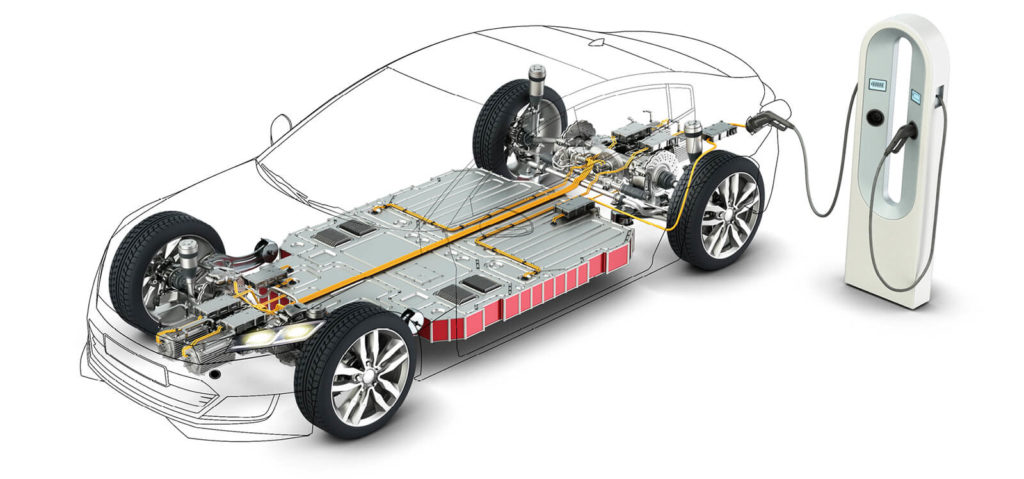
Fuel Cell Electric Vehicle (FCEV)
FCEVs are available in fewer numbers in the market, but you can see the availability. Basically, these vehicles are fueled with a source of hydrogen gas to power the electric motor to become functional. In this way, there is no need to get an external charging system. So, these vehicles have a fuel tank that has the capacity to cover 300 miles when they fill. But the drawback of this type of vehicle is the less availablility of charging system. In fact, the storage of hydrogen technology is not very popular in the market.
Moreover, its refuelling system is not available to refuel the vehicle tank. Therefore, the popularity of this vehicle is not high. But still, Hyundai and Toyota are manufacturing and working on their improvements.
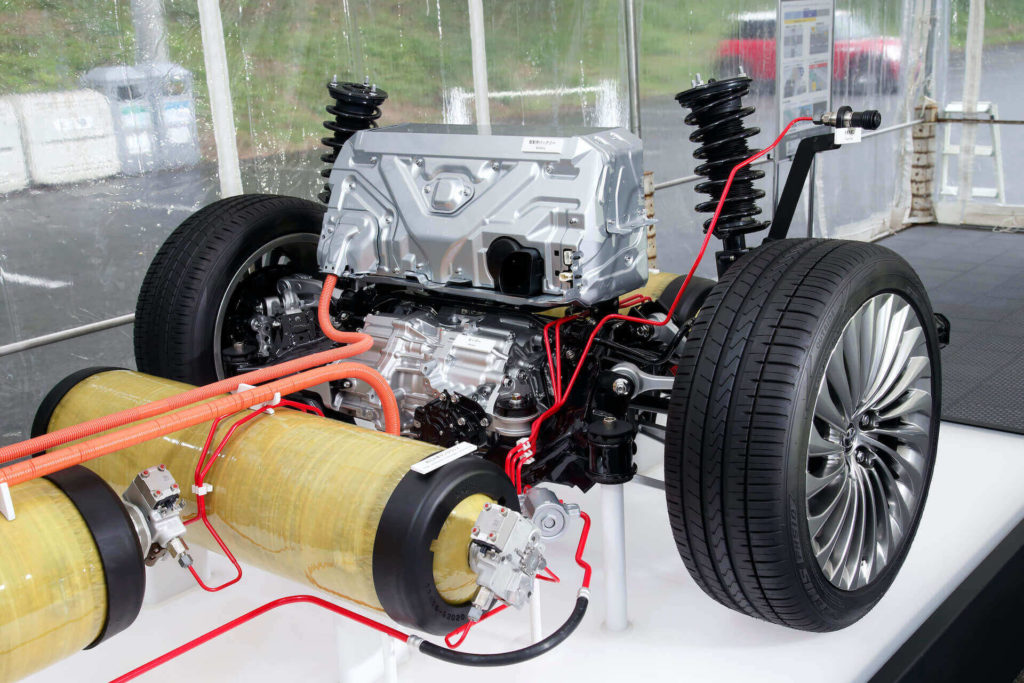
Benefits of Using Electic Vehicles
Electric vehicles have multiple advantages as compared to fuel vehicles. Therefore, the popularity of these vehicles is increasing day by day. Therefore, few benefits of these vehicles which you can concern to move for electric vehicles.
- EVs are environment friendly and do not become the cause of pollution for the environment.
- These vehicles are noise-free, which makes them more helpful for the environment.
- EVs have the capacity to cover long distances with less charging. So, it is a plus point to cover more distance within a single charge.
- These vehicles are more cost-effective and helpful to prevent the fuel system from refuelling again and again.
You can install the EV charging station in your home to charge your vehicle at night or free time.
What is the Future of EVs?
As electric vehicles are becoming popular and people are moving from fuel vehicles to EVs, the future of this vehicle is bright. The number of usages of Evs is increasing day by day. In this way, the installation of EV charging stations is also increasing. However, there are solutions to install the EV charger in your home. So, it is a plus point to get an EV charger installation service at a low cost and make your charging easier and more accessible
Conclusion:
Electric vehicles are available in four types and have almost the same method of charging. In this way, it depends on the user to charge their vehicle from the station or home. However, there are 3 main types of charging systems. Levels one and two are used for all battery-electric vehicles and hybrid vehicles. However, the Level 3 chargers are useful for the specific vehicles to charge them. So, all charging systems are available to charge electric vehicles and make them effective for running on roads. In this way, the future of these electric vehicles is bright, and the popularity of these vehicles is increasing day by day.
Recent Posts
Choosing the Right EV Charger for Your Home: A Simple Guide

How many Types of Electric Vehicles and How to Charge Them?
